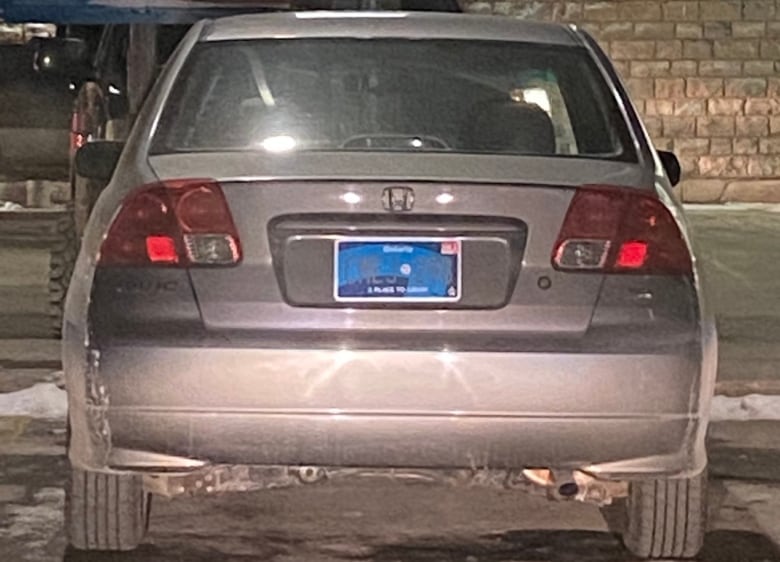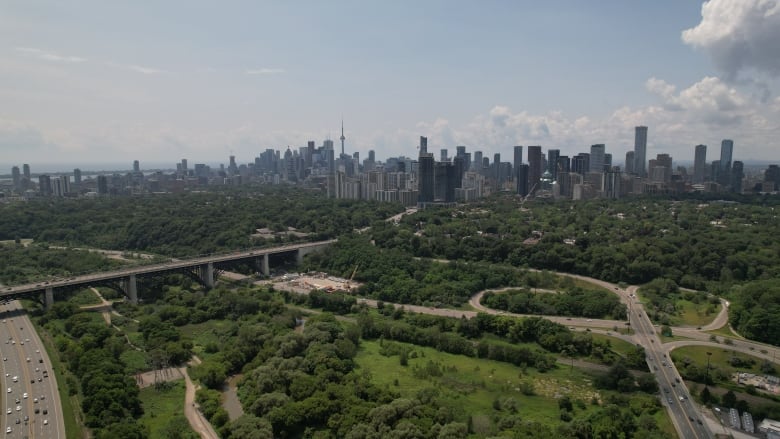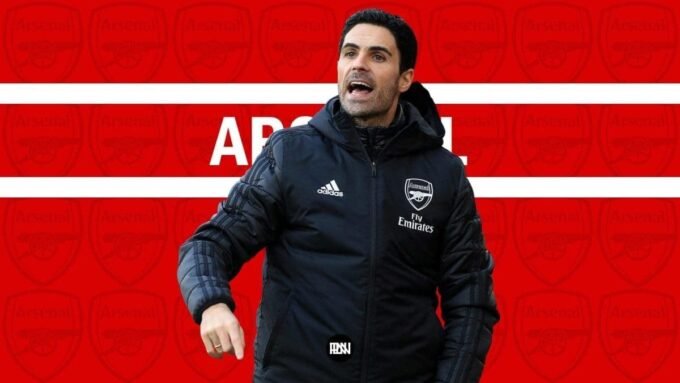Ontario’s transport ministry was warned about visibility issues while the Ford government was testing its now-discontinued blue licence plates and given clear recommendations to improve the readability that weren’t acted on, documents obtained by CBC News show.
The plates were pulled after they were widely criticized by police officers and the public alike after people realized they were nearly impossible to read in some light conditions.
CBC News first filed freedom of information requests about the bungled rollout in February of 2020. Full responses weren’t provided until this summer, and those new documents showed the government should have known the plates would cause problems before they hit the road.
Those warnings included messages from 407 ETR, which runs the major toll highway that runs across the Greater Toronto Area, and the Ontario Association of Chiefs of Police (OACP). The government also failed to send test plates to the Canada Border Services Agency (CBSA) until after the plates were released to the public on Feb. 1, 2020, according to the documents.
The CBSA emailed the government asking for a demo plate three days later to see if they worked with its readers. “Otherwise every vehicle that crosses the border with the new plates will not read properly and this will drastically increase border wait times across the province and country,” the agency said in an email.
The CBSA was sent a plate 10 days after that and two weeks later said publicly there were no widespread delays, although employees did have to manually enter what province the plates were from.
Toronto officials also raised concerns about the font size of “Ontario” on the blue plates.
On Feb. 13, city staff told Ministry of Transportation (MTO) officials that provincial offences officers were having serious difficulties in the city.
“The problem with the plates [in the officers’ experience] is not retroreflectivity or glare, but is the legibility of the jurisdiction,” an MTO official wrote in an email following a meeting.
“This is problematic because if the jurisdiction’s name is not clearly legible the charge cannot be laid, or if a charge is laid and the image is blurry, the charge will be thrown out of court.”

The government discontinued the licence plates in May 2020, during the first wave of the COVID-19 pandemic, with Premier Doug Ford telling reporters, “I’m just not ready to put any more resources toward this.”
The plates were intended to be a symbol of a new government of “progress, growth, and prosperity,” said house leader Paul Calandra in the month they were released. Opposition critics, including former interim Liberal leader John Fraser, blasted them as a poorly-implemented “vanity project.”
The plates are still valid; MTO wouldn’t say how many are still on the road today.
MTO also did not answer a series of questions about the details revealed in the documents obtained through freedom of information, and declined an interview.
Previously, the government said it planned to send out “enhanced” replacement plates to the some 49,000 people who were given blue plates, but that hasn’t happened yet.
Public, police immediately flagged problems
More freedom of information documents show the Ford government was swamped with criticism. Here’s some of what people (whose names were redacted in the documents) told the government in the weeks after the launch:
- “Having seen them at night time myself, I can say the plates are virtually unreadable at even a close distance and that this would prevent people from identifying and reporting vehicles for whatever reason (amber alerts, dangerous drivers, etc.).”
- “I work in law enforcement in our province and it became apparent on day one that the new licence plates
were not effective. The new plates are hardly visible [in] low light which also happens to be the most vulnerable time of day for law enforcement personnel. These plates need to be immediately discontinued.” - “I have been using a dashcam religiously for years which cannot read the new license plates at night. This is imperative because, in a hit-and-run event whether I am in the car or not, my dashcam must be able to pick up the numbers. If it cannot then it is useless and that worries me.”

At least one police force in the GTA — Peel Regional Police — said this month its officers are still flagging problems with seeing the plates “under specific lighting conditions.”
“Unfortunately we do not track specific statistics to know how often officers are faced with this issue,” said Const. Sarah Patten in an email.
Who received a demo plate?
The government did send test plates to various police forces and the OACP, although it missed some key organizations.
Ontario Provincial Police (OPP), Toronto police, the RCMP and the OACP all received plates to test, but others didn’t. Nor did the CBSA or the division of the City of Toronto responsible for red light and photo radar cameras.
In November 2019, during the testing phase, things appeared to be going well.
The Ministry of Government and Consumer Services said the Solicitor General told them the plates were easily read by the OPP’s Automated Licence Plate Reader (ALPR) systems under all of its test conditions. (The OPP, asked this summer, said it doesn’t have any ongoing issues with the plates in circulation.)

But after the plates were rolled out in February 2020, OPP and local police officers on the road began filing complaints.
Officers from Chatham to Orillia to Ottawa were struggling to read the plates at different angles and lighting conditions, an MTO official wrote following a call with the OPP. The OPP was also receiving a slew of media calls about the plates.
The MTO email states officers “were asked if they experienced these issues before or after all the media attention to them. Ottawa identified that they were experiencing these prior to the media.”
Recommendations ignored
Before the plates were launched to the public, the OACP and 407 ETR were sending the government similar recommendations about how to improve the plates’ readability.
The government doesn’t appear to have listened to either side.
The OACP and 407 ETR pushed for changes including:
- Embossing the numbers and letters.
- Reducing the width of characters to allow for more spacing.
- Removing the white border on the plates.
- Keeping the crown in the middle of the plate.
- Creating brighter retroreflective lettering and bolstering the contrast. (Retroreflective means a surface returns a large amount of a light beam to its source, making it highly visible in low light conditions.)
By late February 2020, the 407 had adjusted the angles on its cameras to capture the plates, however preliminary testing showed it was only successful about 90 per cent of the time, compared to some 97 per cent with the previous plates.
Had the government listened to the 407’s advice two months before, it may have averted some of the problems.
“When comparing the reflectivity and contrast between the old and new plates, the new plate performed poorly. The new plate design is poor in terms of contrast and retroreflectivity,” an engineer with 407 ETR, Craig White, warned in December during the testing phase.
The 407 declined an interview this week.













Leave a comment